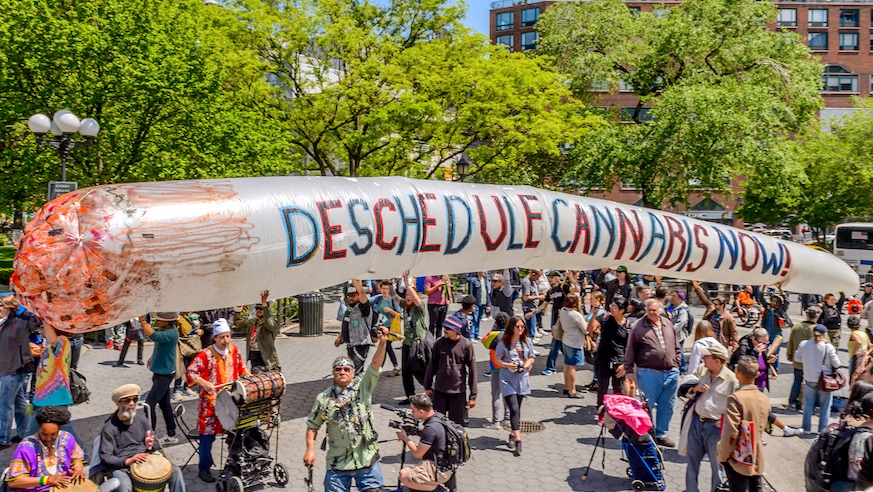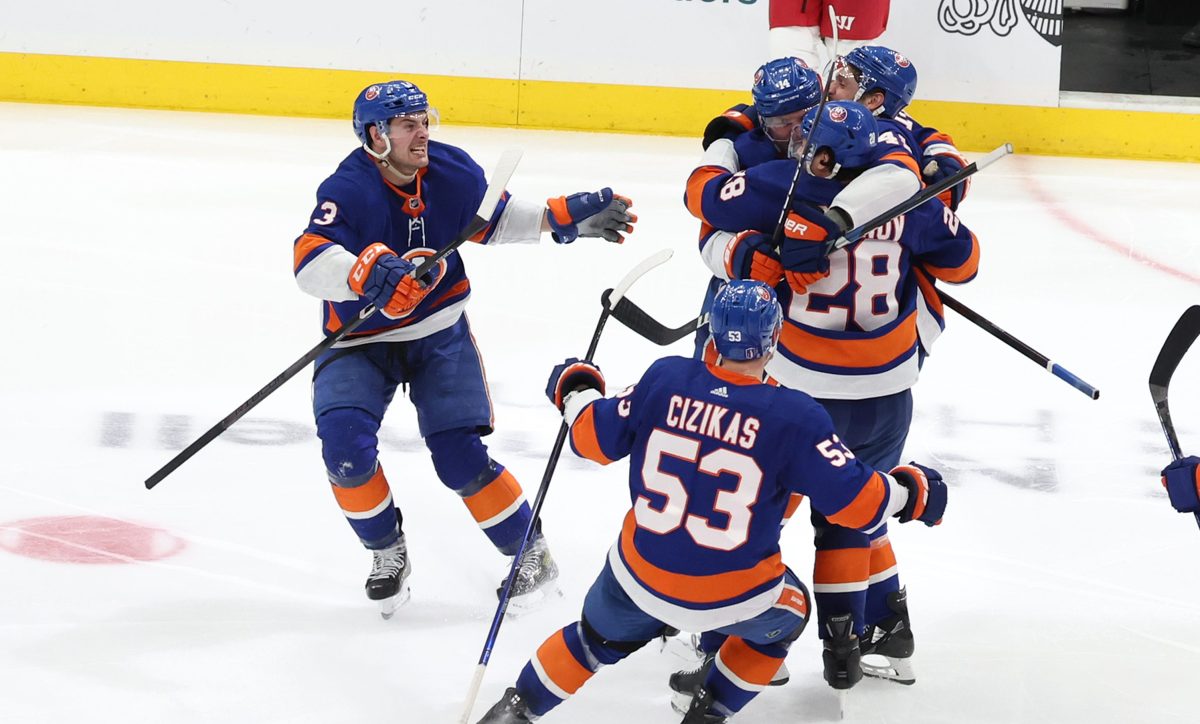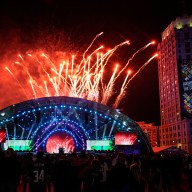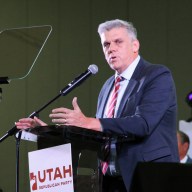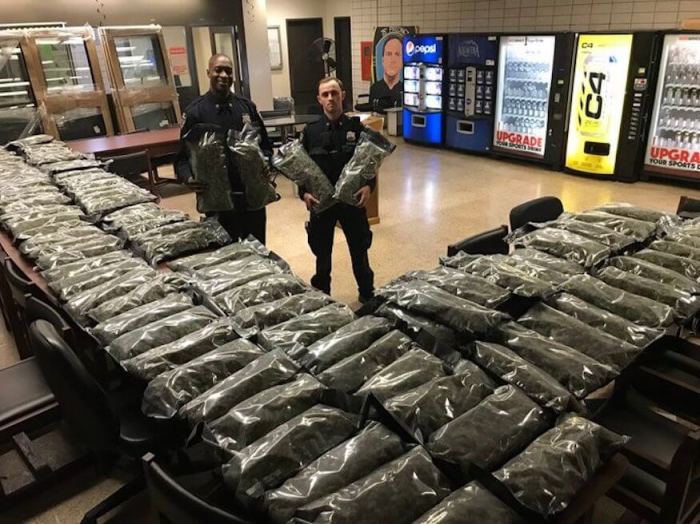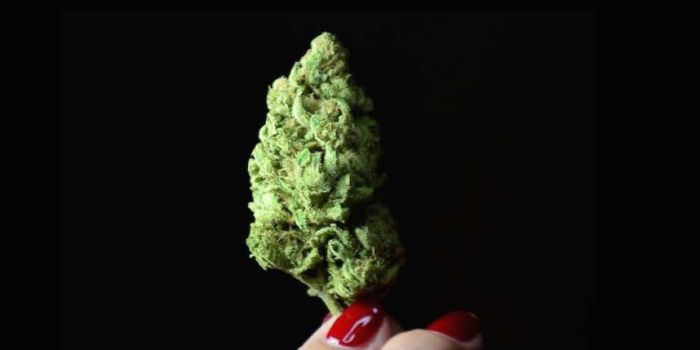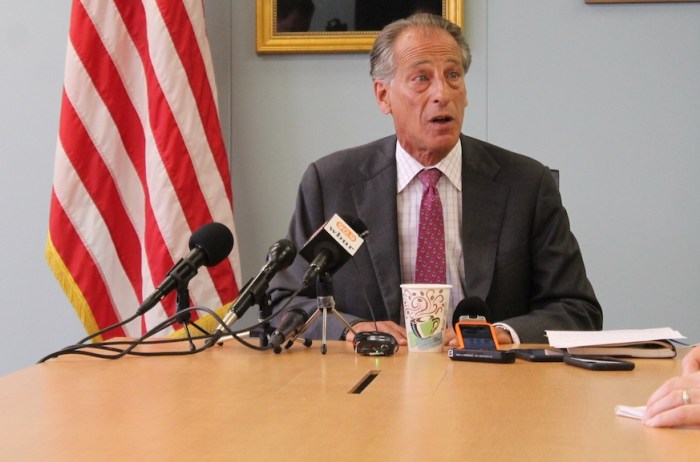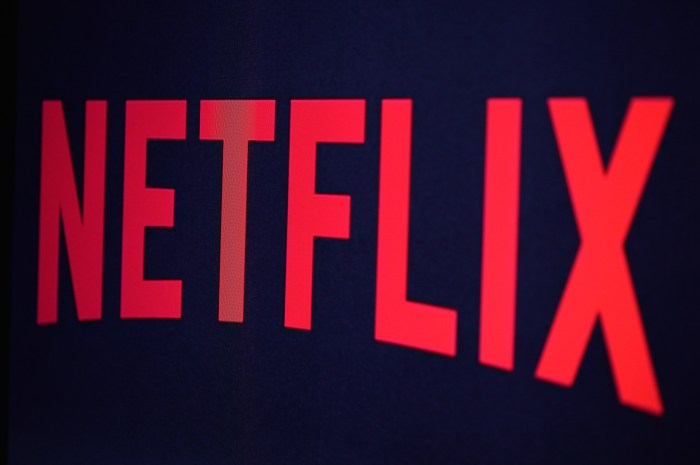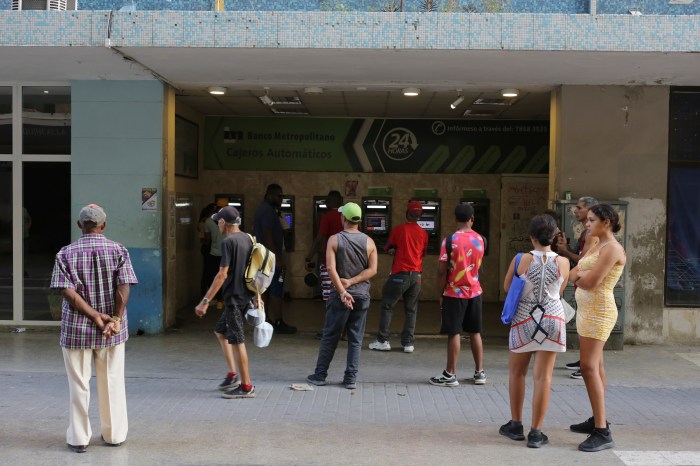It took nearly five decades, but the New York Cannabis Parade has finally gone mainstream. “We have an unprecedented lineup of elected officials this year,” says co-organizer Noah Potter, an attorney specializing in drug policy. “We’ve never had anything comparable.”
The “very bold and forward-thinking” City Councilman Rafael Espinal was the first elected official to participate in the march, and that was just in 2015. In 2018, there are seven politicians taking part; New York governor hopeful Cynthia Nixon has also come out in support for legalization.
They’re not the only ones showing support for the country’s longest-running pro-legalization event. For the first time, the Retail, Wholesale and Department Store Union will also join the march, led by President Stuart Appelbaum. Not to mention business people — the city is home to nearly 30 pot dispensaries, including the new Apple store-like MedMen — like Women Grow and High NY. “Every year, it feels like we’re gonna break through,” he says. “This year, we’ve broken through in a significant way.”
Though New York has approved medical marijuana in very limited ways, the parade will stop at nothing less than full legalization. And so it will set out on May 5 at 11 a.m. from Broadway at 32nd Street all the way to Union Square Park, with plenty of wild outfits (and body paint), music and, yes, toking along the way.
History of the Cannabis Parade
The story of how exactly the New York Cannabis Parade started is lost to history. “It’s actually perfectly in keeping with the event that nobody really knows when it began,” Potter says. “It’s an old Lower East Side radical yippie [politically active hippies] event going back to the early ‘70s when New York was not yet Disney World.”
There were numerous counterculture movements happening on the LES and Berkeley’s Golden Gate park in the early ‘70s, and the fight for legalization grew out them and spread worldwide. What started as the colloquially known Fifth Avenue Pot Parade was formalized into a global event in 1999, with parades in Rio de Janeiro, Bogota, Cape Town, Prague and even the Philippines despite President Rodrigo Duterte’s brutal crackdown.
Now that the parade’s goal of full legalization is in sight — 62% of New Yorkers support legalizing and taxing marijuana, according to a November 2017 poll — there’s more space being made for activists on a wide range of issues, from racially biased enforcement of drug laws to civil rights and access to medicine.
What to expect at the New York Cannabis Parade
The parade didn’t start out as a party but an act of nonviolent civil disobedience to call for the end of the drug war, “with the idea that you can’t arrest all of us at once,” Potter says.
But its newfound party atmosphere, with plenty of live music and entertainment mixed in with the speakers, is here to stay. No event started by hippies could ever become totally straight laced. There will always be giant inflatable blunts, marijuana-print suits and plenty of dancing.
And don’t worry about being arrested. Though the event shrank from over 10,000 people filling up Washington Square Park to a couple hundred people when Potter got involved in 2011 because of an NYPD crackdown, he describes the police department now as “extremely helpful,” even “friendly,” with no drug-related arrests since 2012 and the parade growing to nearly 5,000 people in 2017.
“There’s a festival-carnival-parade atmosphere that is, I think, the ultimate manifestation of the political agenda,” he says. “The culture is not a criminal culture. This is a celebration of life.”

